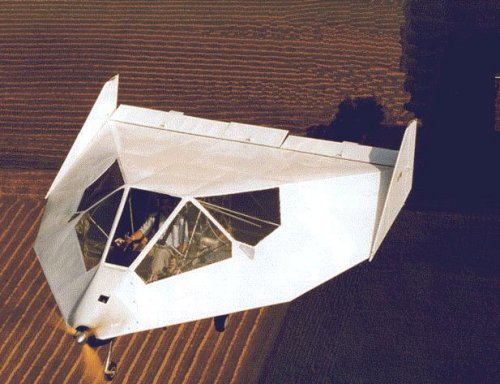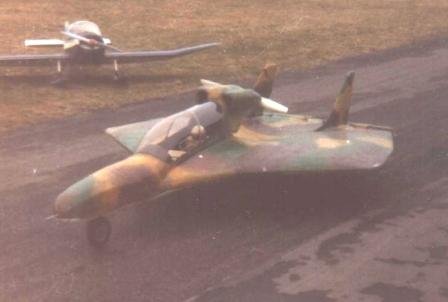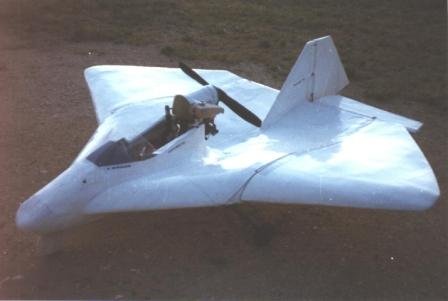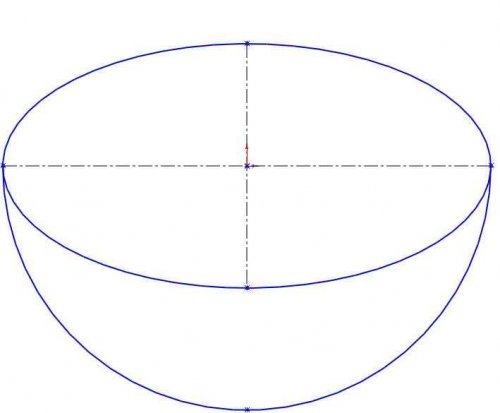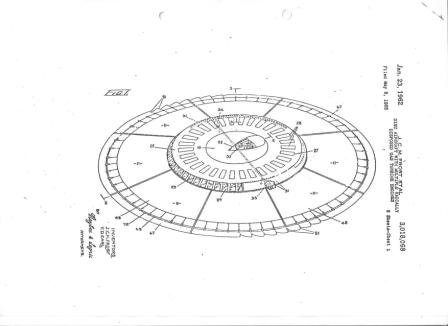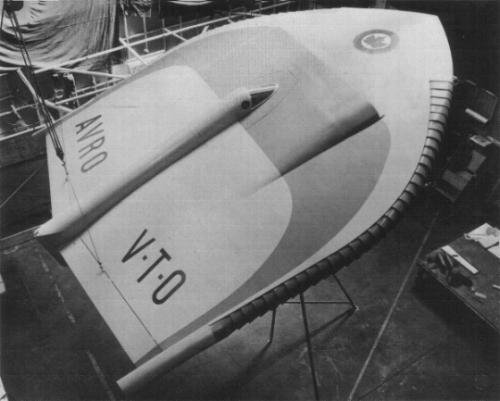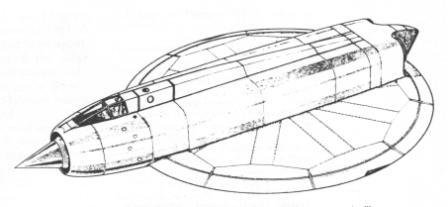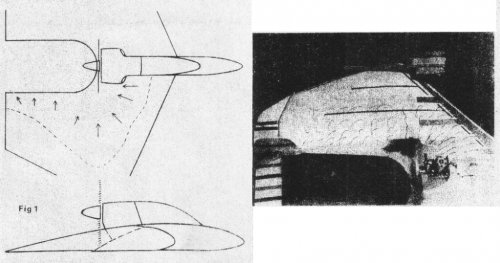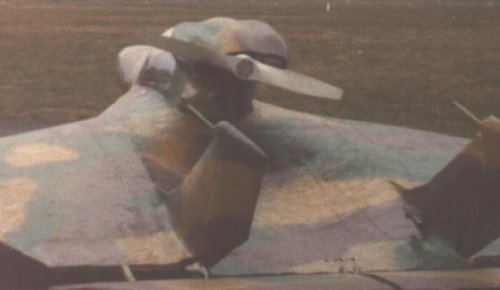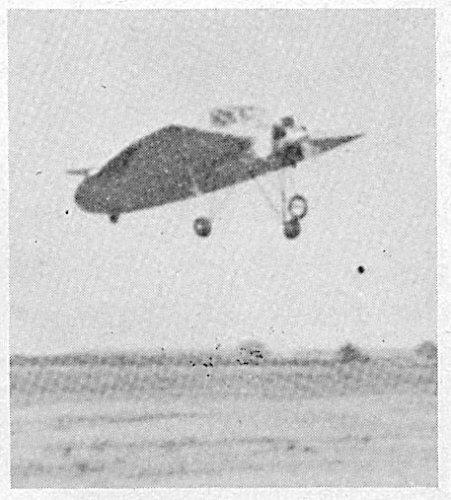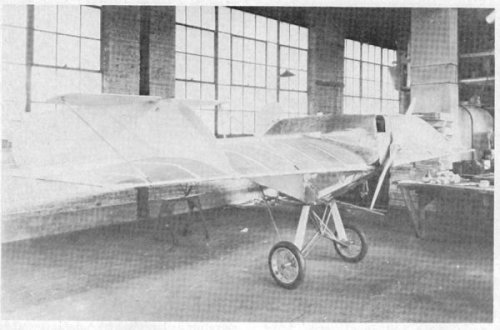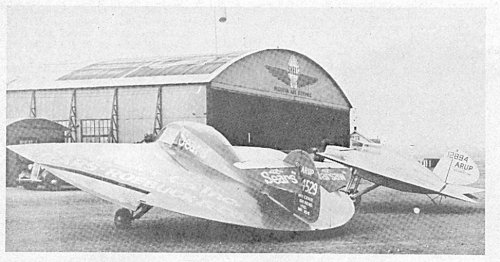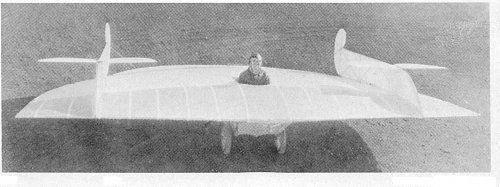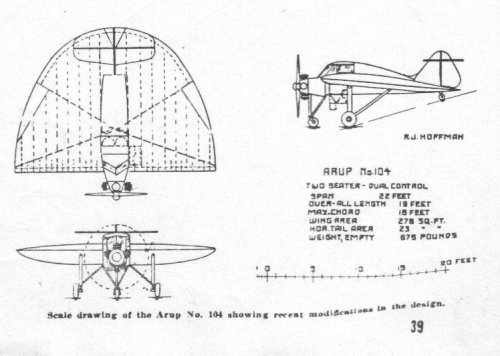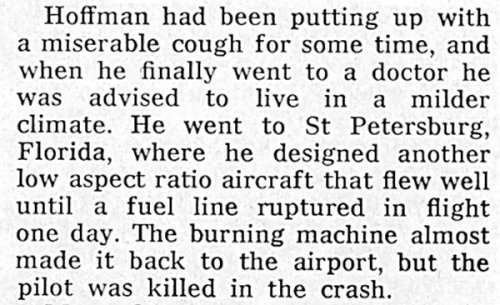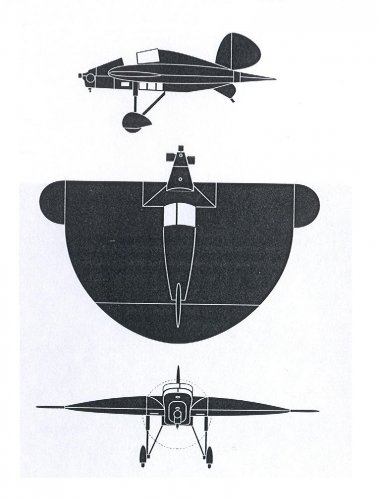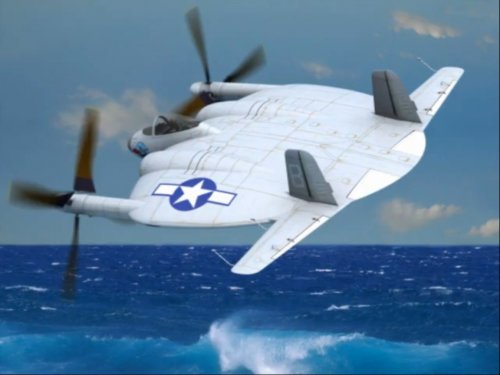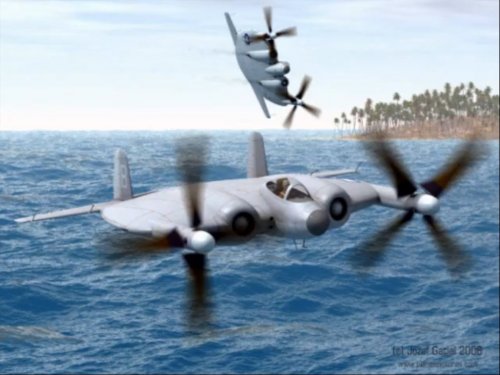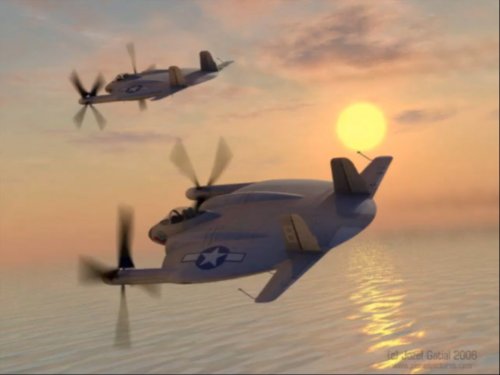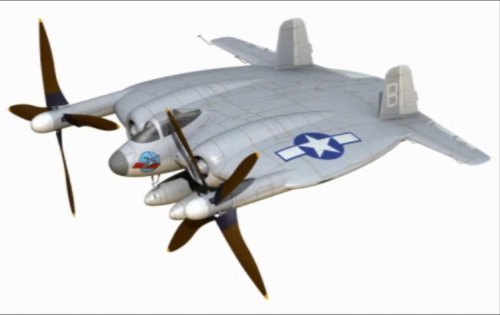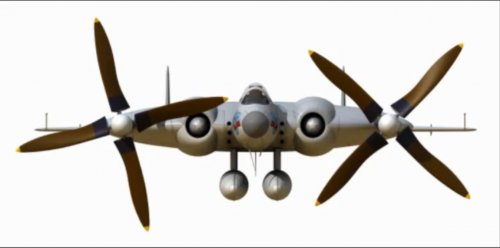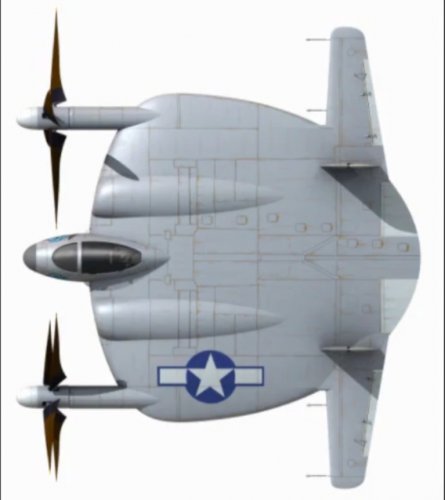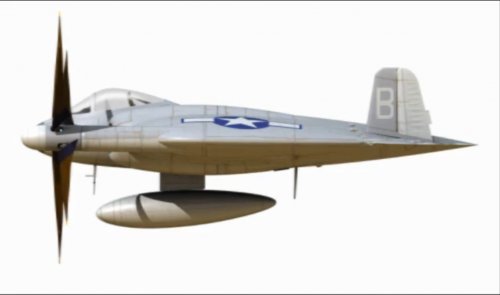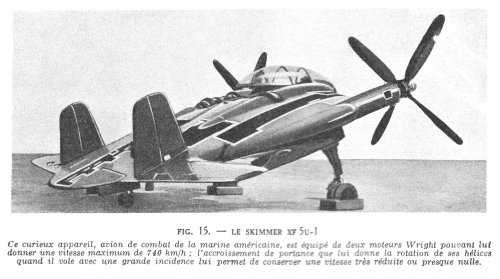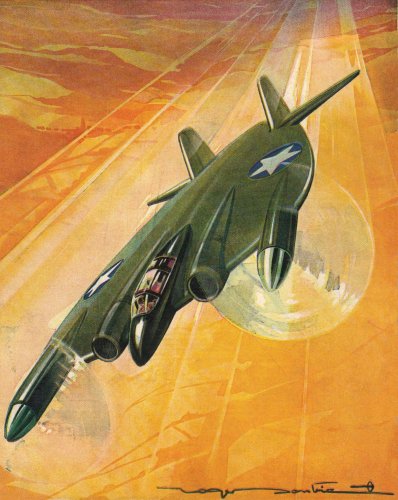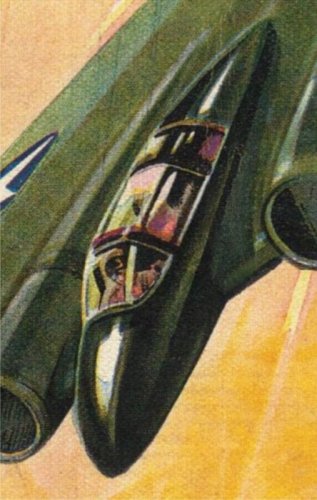I am sure everyone is familiar with the 1940s V-173 and XF5U-1 projects. If not, the Vought Heritage Museum has some nice pages and pics here: http://www.voughtaircraft.com/heritage/products/html/v-173.html
I know of the similar Boeing design from the same era, the Model 390/391. Aerofiles.com has a little info and a pic on that one here (scroll down to the 390): http://aerofiles.com/_boe.html
I know of some pre-war and WWII-era design like those, but does anyone know of any similar low aspect ratio designs in the post-WWII era?
And no, I don't mean something like the Lockheed F-104, which certainly has low aspect ratio wings. I mean low-aspect ratio flying wings or something otherwise similar to the Vought and Boeing designs above.
Thanks and regards,
Matthew
I know of the similar Boeing design from the same era, the Model 390/391. Aerofiles.com has a little info and a pic on that one here (scroll down to the 390): http://aerofiles.com/_boe.html
I know of some pre-war and WWII-era design like those, but does anyone know of any similar low aspect ratio designs in the post-WWII era?
And no, I don't mean something like the Lockheed F-104, which certainly has low aspect ratio wings. I mean low-aspect ratio flying wings or something otherwise similar to the Vought and Boeing designs above.
Thanks and regards,
Matthew

